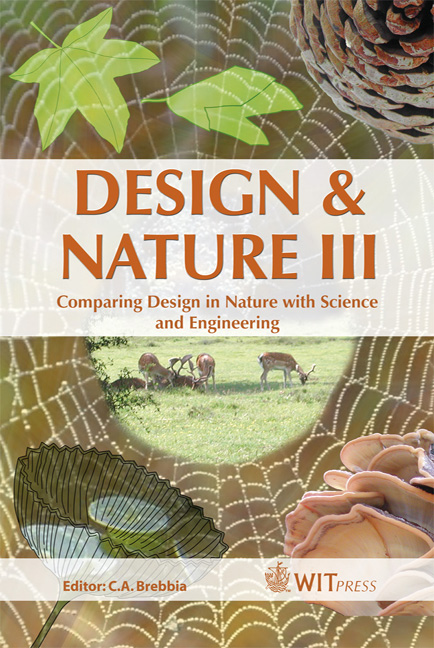Designing New Lubricant Additives Using Biomimetics
Price
Free (open access)
Transaction
Volume
87
Pages
10
Published
2006
Size
964 kb
Paper DOI
10.2495/DN060151
Copyright
WIT Press
Author(s)
A. Morina, T. Liskiewicz & A. Neville
Abstract
Nature produces some complex nanocomposite structures having the following properties, self-healing capability, functional gradation and smartness. These properties are all required of tribofilms in the field of lubrication technology where their structure, formation and removal rate and smartness are key to their ability to maintain fuel economy and durability. In this paper the potential for using biomimetic principles in the field of tribology and specifically as a means of improving tribological performance in the boundary lubrication regime is investigated. The paper initially describes the challenges associated with operating tribological contacts in the boundary lubrication regime, assesses the need for new approaches to lubrication and gives a preliminary appraisal of biomimetic principles applied to this engineering problem. Keywords: biomimetics, tribology, tribofilm, TRIZ, bionanocomposites. 1 Introduction 1.1 Setting the scene – current situation in lubricant additive technology It is perhaps surprising that a link can be made between claims from ecologists, (reported in the national press [1]) that 1,000,000 species could be extinct in the next decade and engine lubrication. However, passenger and commercial light vehicles have been estimated [2] to account for 20% of the total CO2 delivered into the atmosphere from hydrocarbon sources in the US and other developed countries. When the population of vehicles in the western world is considered, it is perhaps easier to see how a realistic link between tribology and ecology can be made. According to recent UK government statistics [3], in 2000 in the UK alone
Keywords
biomimetics, tribology, tribofilm, TRIZ, bionanocomposites.





